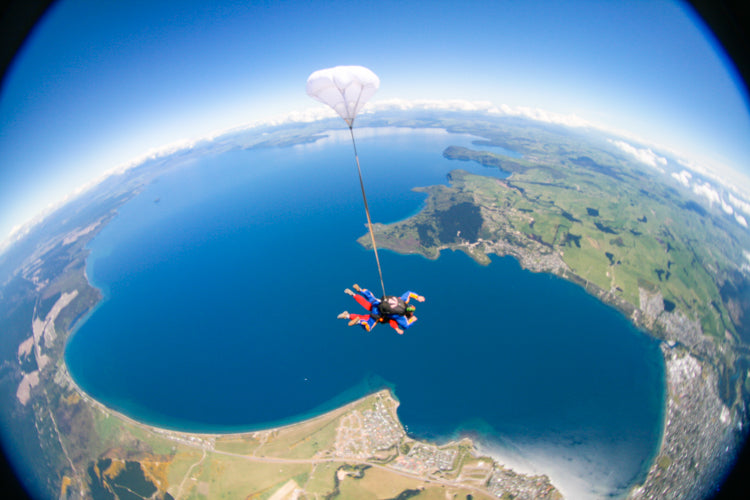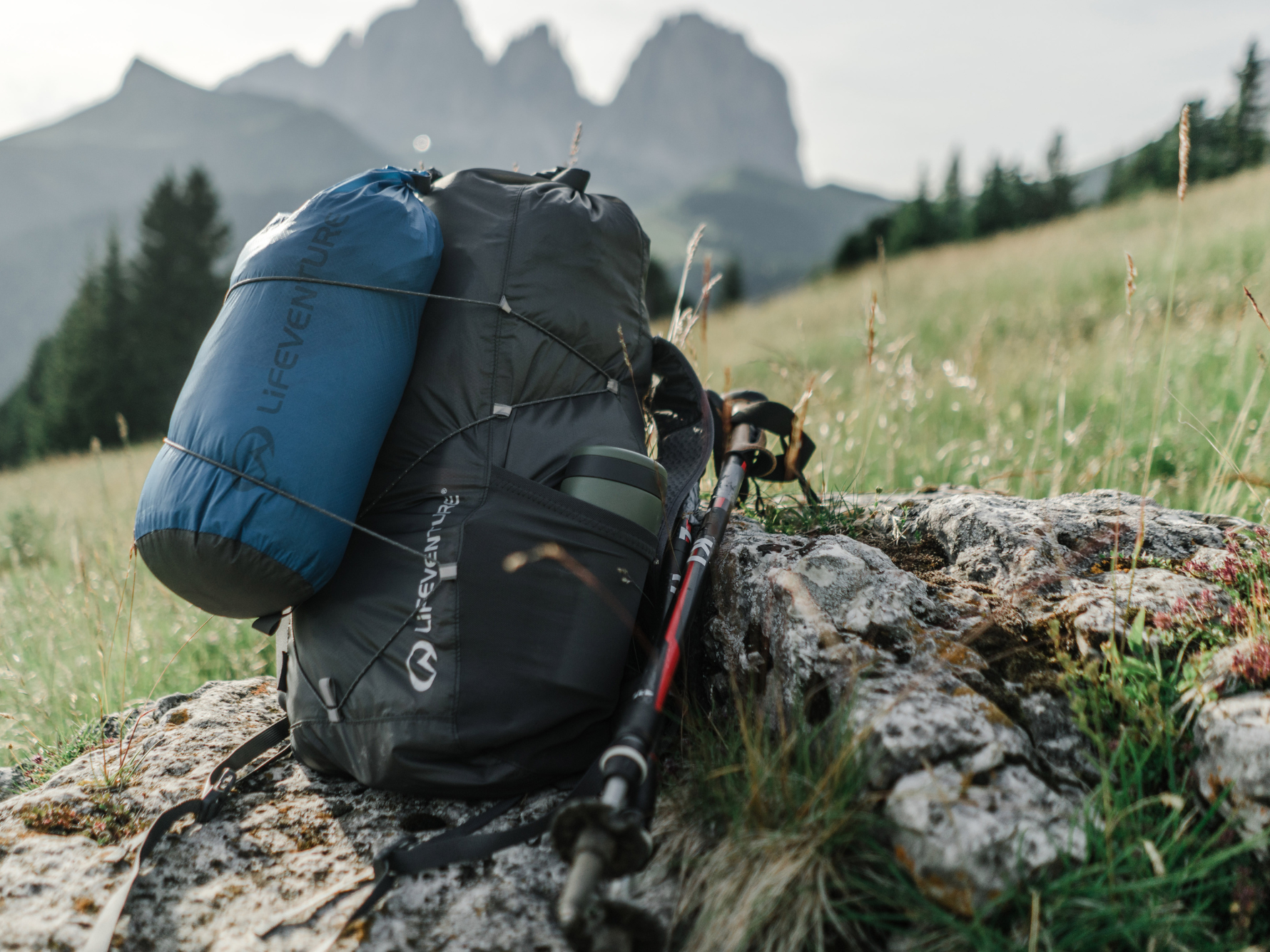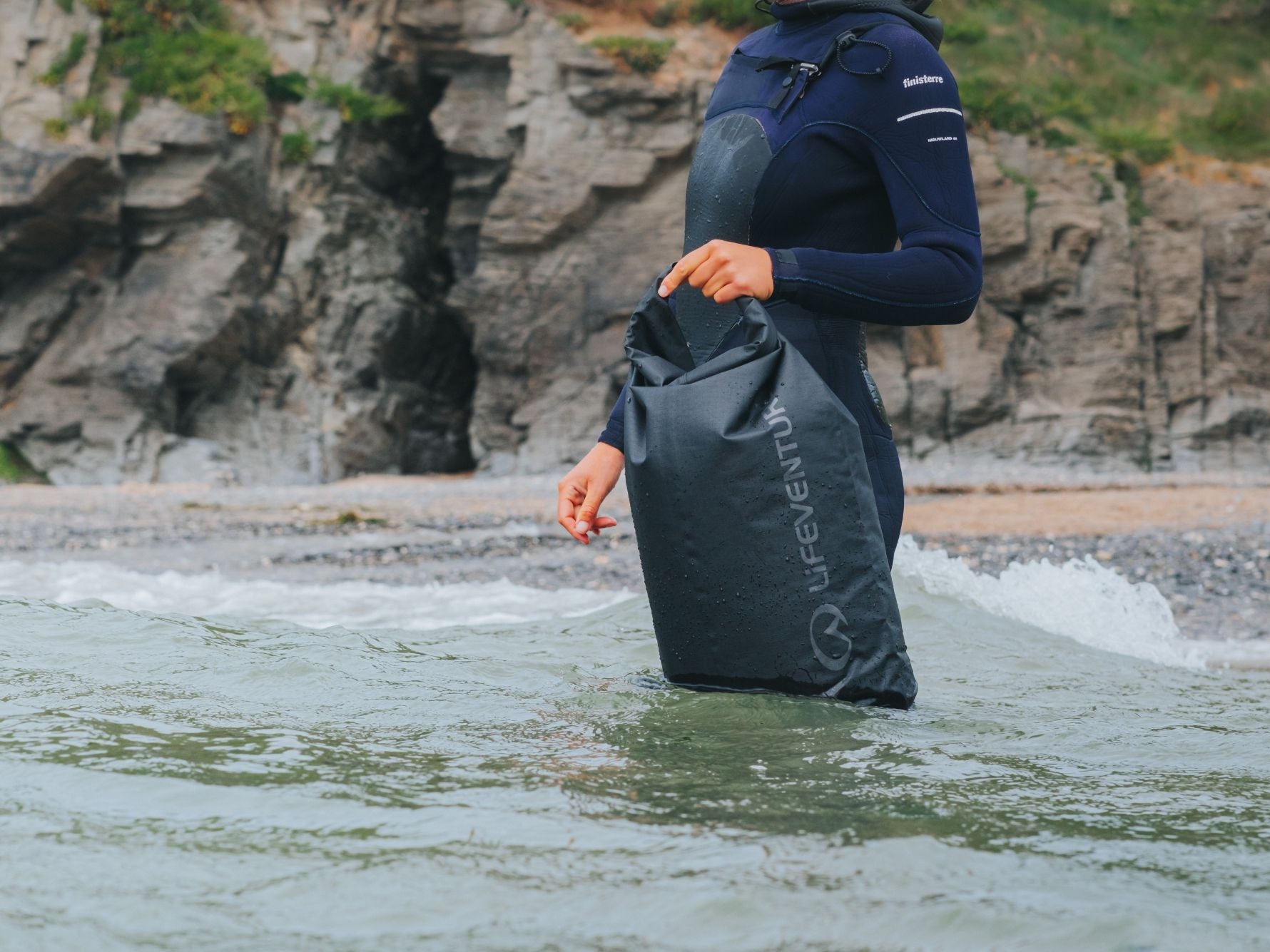Discovering Adventure: Adrenaline-Pumping Activities
- Blog

An adrenaline rush is caused by the secretion of adrenaline from your adrenal glands in response to what your body perceives as stress or anxiety.
The hormone plays a key role in the ‘fight-or-flight’ phenomenon, preparing your body to either fight or run from whatever is stressing you.
However – some of us find this rush of natural hormones exhilarating and addictive, which leads us to seek out more and more daring, exciting activities which raises our heart rate, quickens our breathing, and gives us a heightened sense of being alive. Travel can change people, encourage us to become more adventurous and drive us to experience things which usually seem crazy and well outside of our comfort zones.
Once you’ve taken the plunge and experienced that rush, you might find that you’re now an adrenaline junkie, and here are a few ideas which will help you get your fix…
Sky diving - New Zealand
Granted, throwing yourself from an airplane is going to scare the living daylights out of you in any part of the world. However, it’s one of the first adrenaline-rush activities on many people’s bucket list. One place we recommend experiencing the sensation of freefall is the over the stunningly beautiful Lake Taupo.
Jumping out of an aircraft at approximately 15,000ft equates to experiencing 60 seconds of freefall towards the clean blue surface of the lake at somewhere close to 125mph.
Then your instructor launches your parachute, proceeding to take you on a breathtaking tour of the stunning scenery whilst you glide back down to solid ground. In many ways it’s a 2 for 1 experience, as the two parts of the jump are very different.
It’s also worth having your jump filmed – you will want to memorialise your expression when you’re sitting with your legs hanging out of a plane whilst instructor counts down from 3…2…1…

Source: The Travel Tester
Bungee Jump – China
One benefit of skydiving is that you’re usually tethered to an expert who knows what they’re doing and takes control of the difficult bits. With bungee jumping, you’re on your own. It’s down to you to make that leap and then entrust your life to what is, effectively, a glorified giant rubber band.
Taking such a jump isn’t mechanically difficult. Jumping for most people is easy and something learned at a young age, but jumping from a solid base into thin air several hundred metres above solid ground requires significantly more grit.
The Macau Tower offers punters the world’s highest commercial bungee jump at 233m. So high is the jump that operators AJ Hackett had to develop a special bungee cord for the jump, so to ensure that those craze enough to take the plunge don’t swing into the tower and cause themselves a terrible injury … as if the jump wasn’t scary enough already.
For those seeking even more of a thrill, there is also the option to jump after nightfall.
Cage diving with sharks - South Africa
Swimming with some of the world’s deadliest predators certainly ticks the boxes for this list. To witness their speed and power up close is both terrifying and exhilarating.
However, it is also a contentious addition to the list. There’s no doubt that this activity would trigger the copious release of adrenaline, but there’s the real concern that swimming with sharks is not responsible tourism. One to seriously consider and research before undertaking.

Source: Travel Bugs
Cycling the Death Road – Bolivia
Cycling Yungas Road, aka the death road, is a hugely popular activity with visitors to La Paz in Bolivia. With miles of stunning views, waterfalls, jungle, low cloud and mist which you can ride straight through, all while being no more than a roads width from a sheer fall into oblivion.
Don’t forget your helmet…

Source: Land of Winds
Paragliding – Turkey
Watching a paraglider touch down on the beach is no big deal in Oludeniz, Turkey. If the weather is good, paragliders descending out of the sky and down onto the warm sand is pretty commonplace.
Launching from the 1960m summit of Babadag Mountain, your paragliding guide will rely on thermals, ridge lifts and wave lifts to keep you in the air.
Whilst aloft, you’ll have unrivalled 360 degree views of the mountain, the beach, and the lagoon in what is an altogether beautiful part of the world. If it all seems a little too peaceful for your liking, you could always ask your instructor to throw in a few loops and tight turns.
The adrenaline of a paragliding experience seems less to do with speed, and more to do with the height and being airborne.
White Water Rafting – Montenegro
The Tara River offers rafters the deepest river canyon in Europe and the second deepest in the world, after the Colorado River. Spanning 146km, the majority of the river’s length is under UNESCO protection and forms a part of the Durmitor National park.
The water is so crystal clear and clean that you need not worry about taking any drinking water with you on your voyage, you can simply quench your thirst by drinking the very water you’re rafting on. Of course though, the fresh drinking water isn’t why you’re here, you’re here for the buzz of rafting on class IV rapids through a stunning national park.
Zipline - Wales
Underground or overground, if you love a zipline, Zipworld in the north of Wales is the place for you. They offer three adrenaline-pumping adventures to choose from;
1. Zip Caverns – an incredible mix of ziplining and potholing, the caverns experience leads you through old mining caves which have been inaccessible for nearly 200 years.
2. Titan – An adrenaline rush to be shared with friends, Titan is the first 4 person zip line in Europe and launches your team over 2000m across 3 separate lines.
3. Velocity – the name gives you a solid hint as to the focus of this experience - namely speed. Velocity is a single person, head first zip experience and boasts that it is both the longest in Europe and fastest in the world. How fast? … Over 100mph.
P.S. there is also a giant underground trampoline network to explore.
All of these activities by nature carry an element of danger and risk of injury. Before undertaking any of them, do your research and find yourself a qualified instructor/tour group. Read reviews, research historical safety records and think carefully about the activity you're about to undertake. It might not be the most exciting part of your trip, but once you’re satisfied that the appropriate safety measures have been taken, you’ll be able to enjoy your experience that much more.
Stay safe, have fun!
Author: Neil Barnes travels the world on a budget whilst holding down a 9-5, read more about him on Backpacks and Bunkbeds



